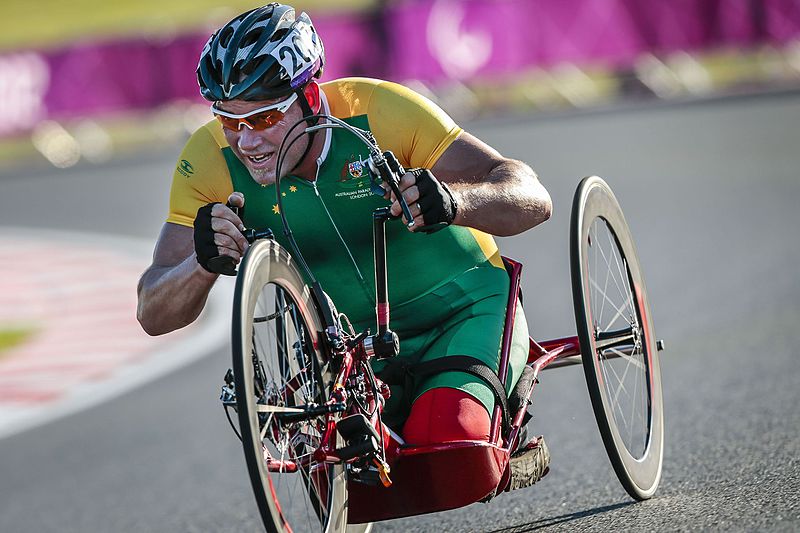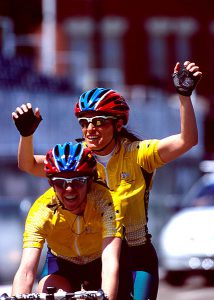Para-cycling is the adapted sport for athletes with different disabilities. In the early ‘80s, it was introduced as part of the Summer Paralympic Games. At first, the only discipline was road ride for racers with cerebral palsy. Since then, cycling for people with disabilities has changed a lot and took a much better position on the list of world-renowned sports, even though it is not always possible to find it on ri online sports betting.
Para-Cycling And Technology Develop
Under the Union Cycliste Internationale (UCI) framework, para-cycling today has its own World Championship, World Cup and Paralympic disciplines like road, track, mountain, BMX and indoor racing for various disabilities. But none of this would be possible if technology and engineering didn’t develop enough. Technology changed the sport by making it better. For every Para-Olympic athlete, technology has played the primary role.
Assistive Technology
The first aid that people with disabilities need are assistive and adaptive devices. For an athlete, they are essential personal help. Assistive technology supports independence and mobility but also can offer specially designed instruments for para-cyclists, like wheelchairs, electronic speech devices, hearing aids or prosthetics and aids.

Adaptive Bikes Engineering
Adaptive bikes refer to the specially designed para-cycling equipment, adjusted to the rider’s disability. They are made according to the highest technological standards, best materials, and aerodynamic performances. Para-cyclists have the opportunity to develop the same speeds as other racers, and ride on the same trails as other most experienced riders in the world.
It’s quite incredible how engineers have been able to overcome so many disabilities and make bikes with near-impossible solutions. So, today, we are happy to have handcycles, tandem bikes, three-wheeled recumbents, four-wheeled dual recumbents and more. Thanks to that, about 67% of disabled athletes believe that is much easier to ride such devices than to walk.
Revolutionary CFD Sport Technology
But there is one revolutionary thing that can change the whole para-cycling world. It is still in trials, but the CFD (computational fluid dynamics) technology has already given a positive result concerning para-cycling.

For now, the research focuses on two para-cycling disciplines — tandem and hand rides.
In tandem rides, one bicycle has two riders. The front one, the pilot, must steer and pedal. A back rider, the stocker, is usually a person with sight disabilities. Their only role is to pedal.
Handcycles are made for people with disabilities in lower extremities. They are moving the handcycle and steering by using their hands.
CFD is a computer modeling of the best possible practice in both tandem and handcycle rides. The system should calculate how much pedaling per second should be achieved, an angle at which each driver is positioned and the proper height of the seat. It will also include the 9 o’clock hand position or the info about whether a bike has disks on the weels.
The revolutionary nature of this discovery shows us that scientists will be able to improve the aerodynamics in para-cycling. Also, CFD technology contributes to the development of new, up-to-date equipment that will help all para-racers have almost the same conditions as non-inclusive athletes. It is essential to recognize the potential and continue the research.
Technology is Changing Sports
No matter how many skeptics will say that sports made more sense before the development of technology, it is clear that it has always been more helpful than harmful. The technology has improved the athletes’ train programs. It has introduced new standards and made many disciplines safer. It also helped us to judge more accurately and fairly. And, what’s most important when it comes to disabled persons, technology has allowed us to move on, even when we think it is impossible.

